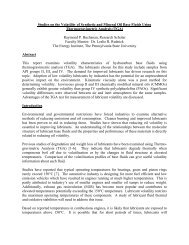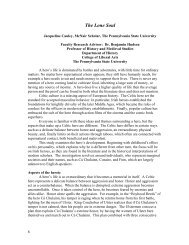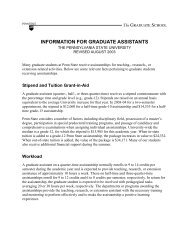bubble pump modeling for solar hot water heater system design
bubble pump modeling for solar hot water heater system design
bubble pump modeling for solar hot water heater system design
You also want an ePaper? Increase the reach of your titles
YUMPU automatically turns print PDFs into web optimized ePapers that Google loves.
Figure 1: US Energy Consumption by Sectors<br />
Solar thermal <strong>water</strong> heating (STWH) <strong>system</strong>s are both cost efficient and energy efficient. The<br />
STWH <strong>system</strong>s are most suitable <strong>for</strong> places with <strong>hot</strong> climates and direct sunlight, but can also<br />
work quite well in colder climates found throughout the United States. Different <strong>design</strong>s of the<br />
STWH <strong>system</strong>s have overcome the challenges such as freezing, and overheating. Most STWH<br />
<strong>system</strong>s have a flat plate <strong>solar</strong> collector tilted towards the south on the roof of the residence as<br />
shown in Figure 2. Flat plate <strong>solar</strong> panels consist of four parts: A transparent cover which allows<br />
minimal convection and radiation heat loss, dark color flat plate absorber <strong>for</strong> maximum heat<br />
absorption, pipes which carries heat transfer fluid that remove heat from the absorber, and a heat<br />
insulated back to prevent conduction heat loss. Within this collector, there is a network of black<br />
tube inside which flows <strong>water</strong> or some other fluid. The fluid in the tube enters the panel<br />
relatively cold and is heated as it flows through the panel as the black exterior of the tubes<br />
absorbs the heat from the sun. The heat transfer fluid and the materials selected <strong>for</strong> the tubes are<br />
important parameters <strong>for</strong> the <strong>system</strong> to withstand drastic temperature differences of freezing and<br />
overheating. If the fluid is <strong>water</strong>, then it goes right into a <strong>hot</strong> <strong>water</strong> storage tank. If another<br />
working fluid is used, the heat is then transferred from the working fluid to the <strong>water</strong> in the <strong>hot</strong><br />
<strong>water</strong> tank via a heat exchanger in the tank.<br />
171
















